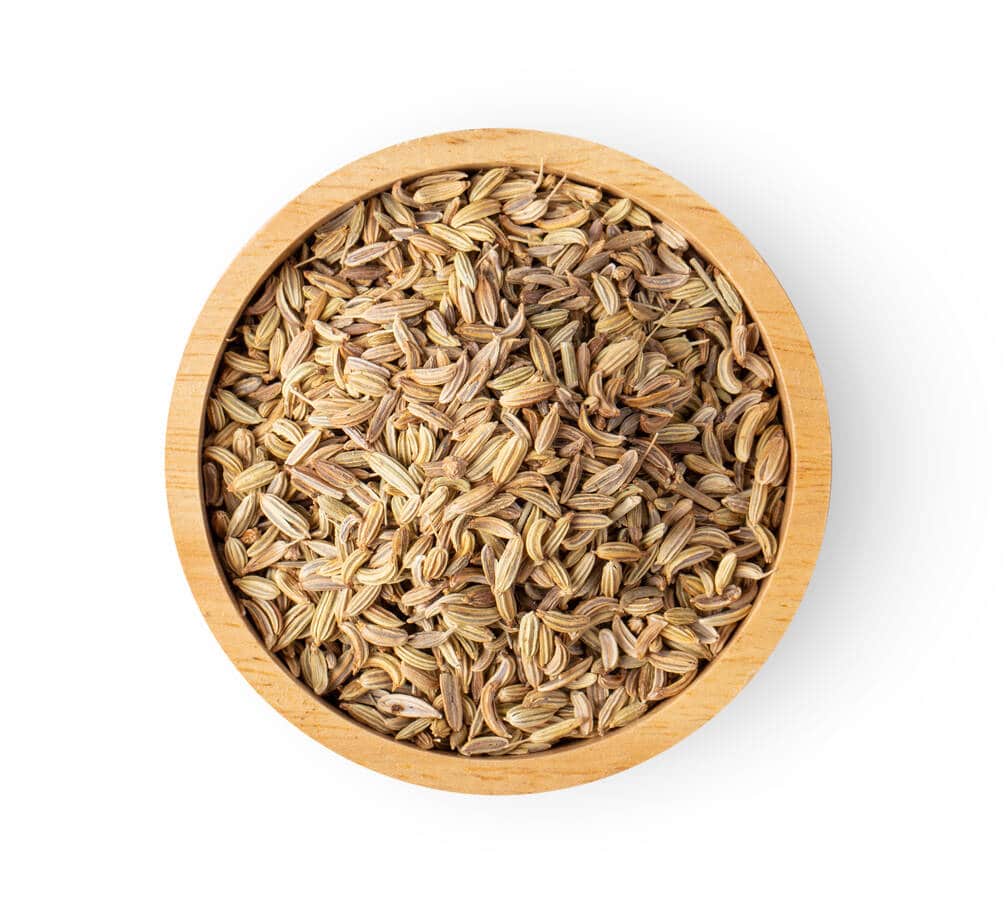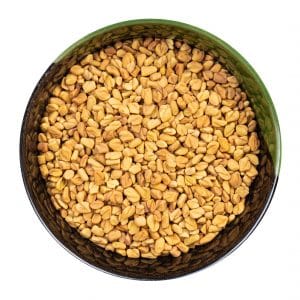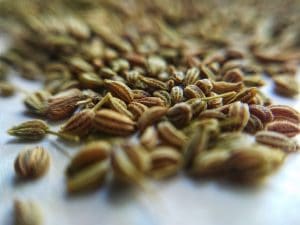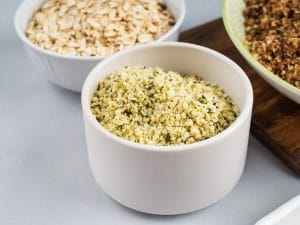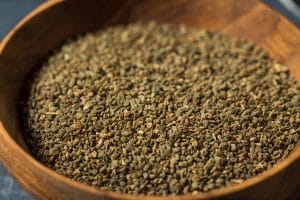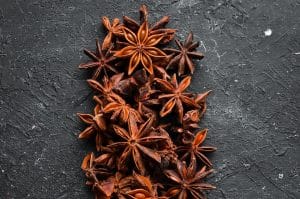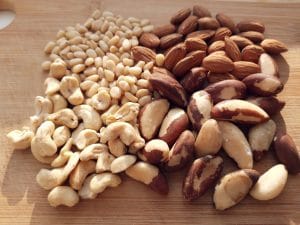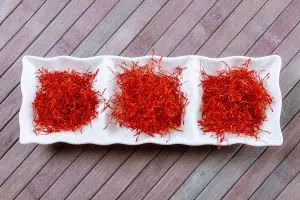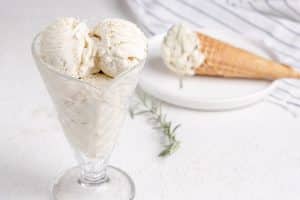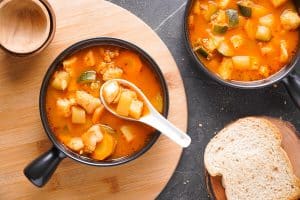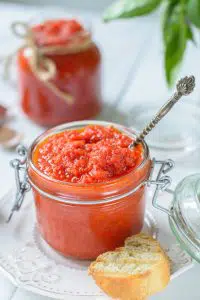7 Best Fennel Seed Substitutes List
Important Note: When you buy through our links, we may earn a commission. As an Amazon Associate we earn from qualifying purchases. Content, pricing, offers and availability are subject to change at any time - more info.
Fennel seeds are one of the world’s most common cooking ingredients; in fact, fennel seeds can be found in cuisines from North Africa to India to France to Italy!
Characterized by an ocular shape and a green or yellow-brown color, fennel seeds come from the fennel plant: a perennial flowering species closely related to parsley. Although the stalk and root of the fennel plant can also be cooked as vegetables, fennel seeds themselves are popular spices or additives for more complex spice mixtures. For example, fennel seeds create one of the pronounced, notable flavors found in Chinese five-spice powder.
With a mildly sweet taste close to licorice or anise, fennel seeds are a staple in any kitchen’s spice cabinet. But what if you don’t have any fennel seeds and you can’t find more at your local grocery store?
Luckily, there are 7 excellent fennel seed substitutes you can use to create the same recipes you always do. With these substitutes, you’ll be able to make the same pork dishes, pasta sauces, sausages, and more… though they may also require a bit of tweaking. Let’s take a look at these substitutes in detail.
Anise Seeds
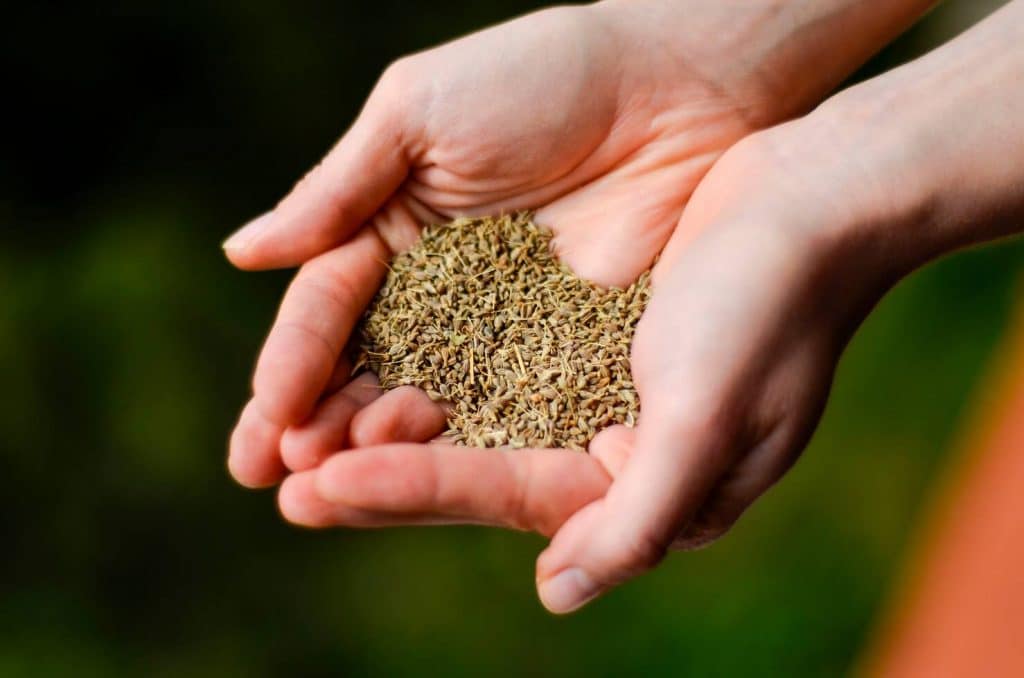
Anise seeds are the closest substitute fennel seeds you’ll find, full-stop. Both share a distinctive licorice-like flavor. Although they come from separate plants, anise seeds have a similar enough taste to fennel seeds that many novice cooks think that they are the same!
Compared to fennel seeds, anise seeds are a little smaller in total size. However, they also smell more pungent once you take a whiff. You can use these seeds in both sweet and savory recipes instead of fennel. Just replace any fennel seed requirements with anise in the same amount and your dish should turn out right.
Indeed, anise seeds may even be a particularly good choice to use for desserts and pastries compared to fennel seeds. You can use anise seeds either whole or ground depending on your preferences.
Caraway Seeds

Caraway seeds aren’t seeds at all – instead, they’re very small fruits, measuring just about one-fourth of an inch in length individually. Because of this size, caraway seeds look fairly similar to fennel seeds, though they taste and smell more distinct than fennel seeds and anise seeds.
Caraway seeds have a much stronger licorice-like flavor as well as a complementary bitter aroma (which fennel seeds lack). Indeed, caraway seeds are known to be less sweet than fennel seeds and come with nuttier notes.
As a result, caraway seeds are great for making rye bread, soda bread, and more. You can also add caraway seeds to roasts and other meat dishes since the flavor will improve the taste experience without overpowering the “umami” flavor of the meat products themselves.
As an added bonus, caraway has tons of vitamin C and fiber; 100 g of caraway has 38 g of this vital ingredient.
Dill Seeds
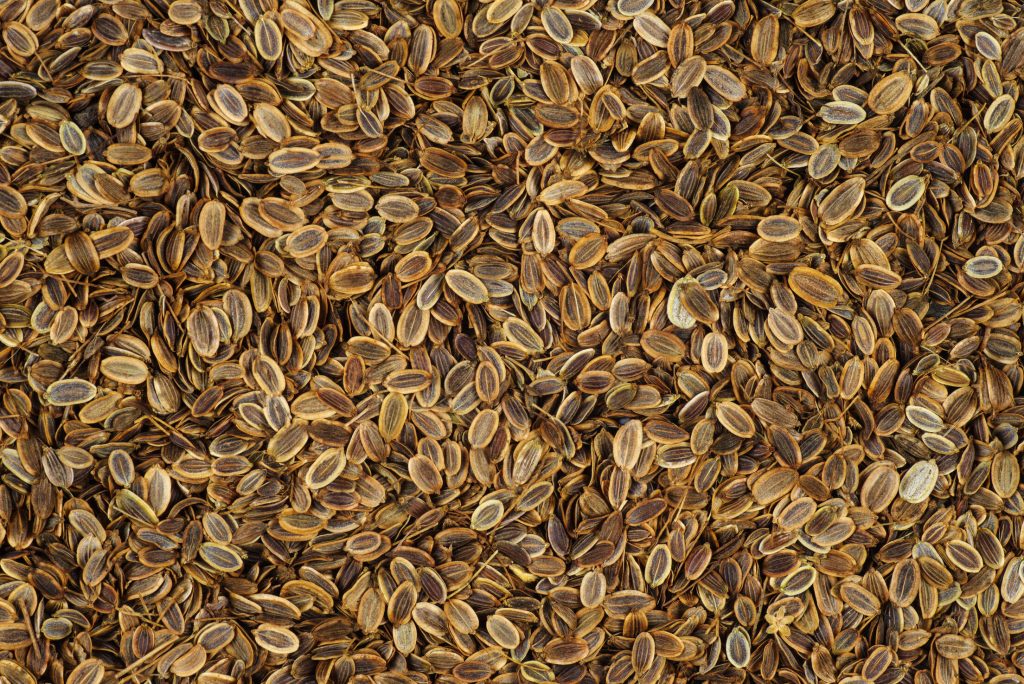
Dill seeds are another popular alternative to fennel seeds, though they are usually used to make dill tea and dill oil. In the US, many people appreciate combining dill with pickles and chips.
You can use them as a replacement for fennel seeds since they have a roughly similar flavor and can be used in several of the same dishes. Dill seeds have a notably tangier taste (closer to coriander than fennel), but they also have the same core, licorice-like flavor fennel seeds are known for.
Many people also like to eat dill seeds on fish dishes, particularly salmon. You can alternatively use dill seeds and salad dressings, sauces, and more.
Licorice Root Powder
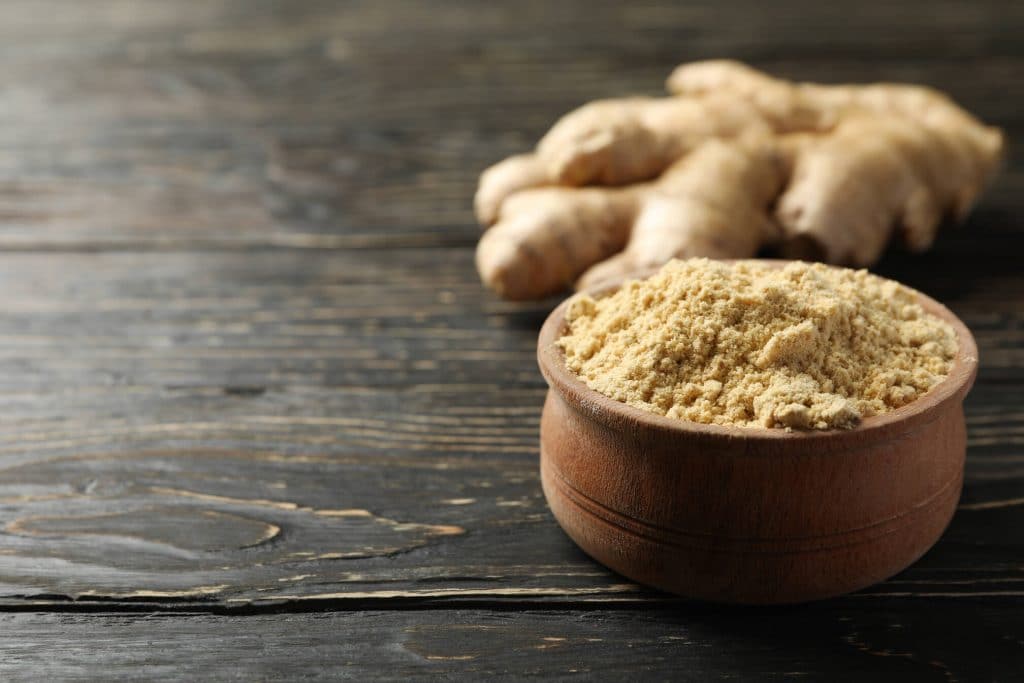
It’s no surprise that licorice root powder can be a great substitute for fennel seeds. Licorice root can be used for sweet and savory dishes just like fennel seeds and can be purchased in woody root form or in ground-up powder form depending on how much effort you want to put into your dish.
Licorice roots do have one advantage that you can boost the intensity of the licorice flavor by steeping the roots in hot water for a long time. Then just add that water to your recipe. Naturally, expect the licorice flavor from licorice root powder to be more intense than the licorice flavor you’ll taste when you eat fennel seeds.
Cumin Seeds/Powder
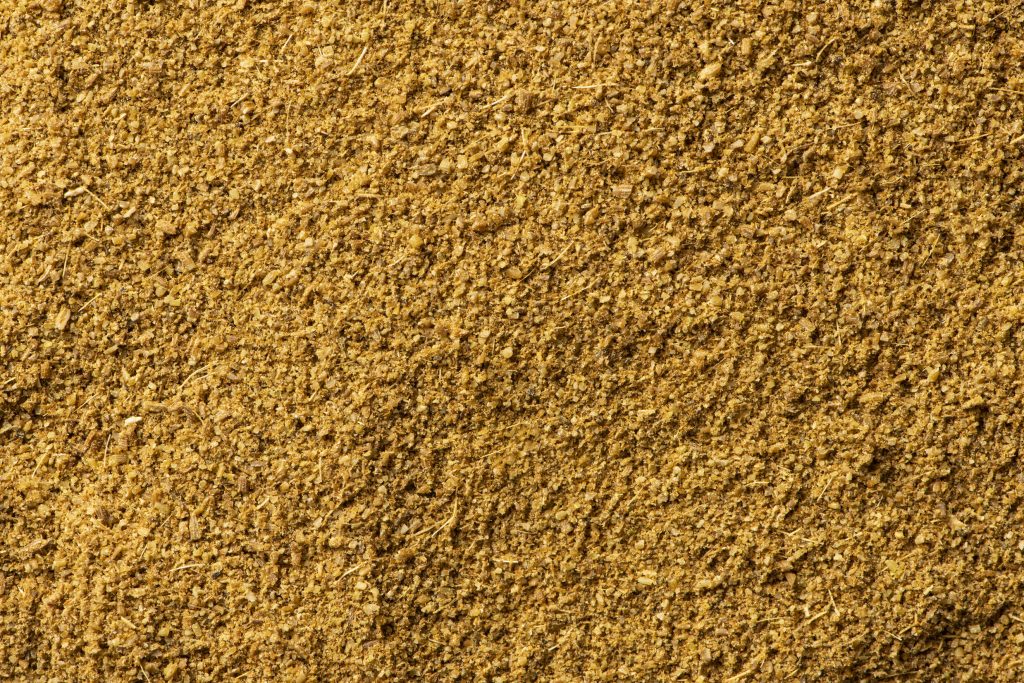
Cumin seeds and powder are a little more removed from the other fennel alternatives listed above. This spice has more zest and heat than fennel, so it’s typically used in seasonings and mixes like curry powder and chili powder.
Either way, cumin seeds can be used as garnishes to tortillas, sauces, salads, and more. But due to their distinct flavor profile, cumin seeds and/or powder may not be able to be used in exactly the same recipes as fennel seeds.
French Tarragon

French tarragon comes from a small and shrubby herb and features a bittersweet or spicy flavor. In a lot of cases, it’s used as a vinegar catalyst. Naturally, it pairs well with meat, fish, and soup dishes, and you can sometimes use it for fennel seeds if those recipes call for the ingredient. It also works in certain savory recipes, though it’s not as distinctively sweet as fennel.
Mahlab Seeds
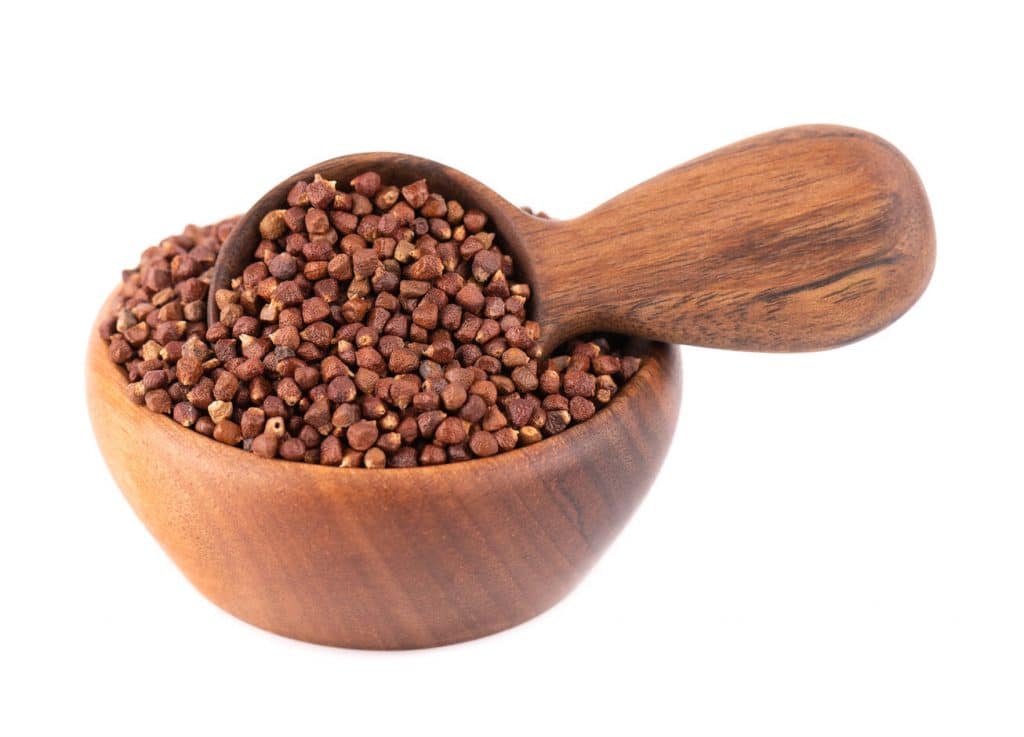
Last but not least are mahlab seeds, which are used in many Mediterranean dishes like cookies and bread. These seeds offer a combined sweet and sour flavor and produce a notable cherry aroma.
They can serve as a reasonable fennel seed substitute if you don’t have many other choices. But keep in mind that you’ll need to be creative with how many of the seeds you use in your dishes to avoid changing the recipe’s overall flavor too much.
Summary
As you can see, fennel seeds can be substituted with a variety of other seeds or powders, many of which share the same licorice-like flavor that fennel seeds classically provide. When replacing fennel seeds with other ingredients, always be careful with your proportions. Although anise and other similar seeds can come close to the exact flavor of fennel, they won’t ever be precisely the same.
